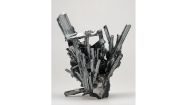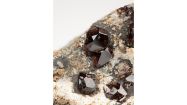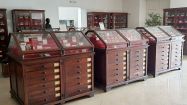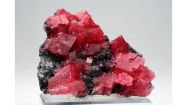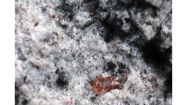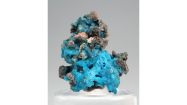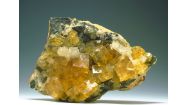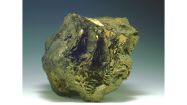-
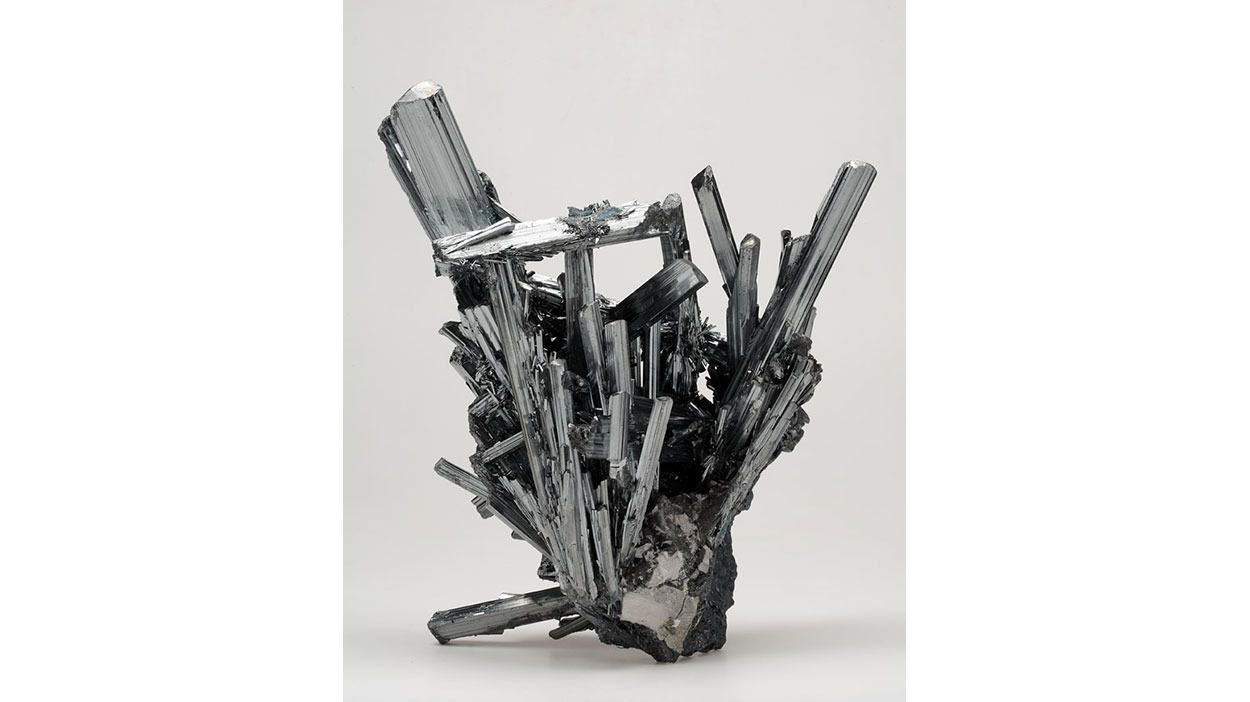
Stibnite, Jiangxi, Wuning, Cina
-

Vesuvianite, Somma-Vesuvius Complex, Naples, Italy
-

Scacchi Hall
-

Rhodochrosite, Sweet Home mine, Alma, Colorado, USA
-

Marialite, Pianura, Naples, Italy
-

Litidionite, Mt. Vesuvius, Naples, Italy
-

Fluorite, Gersdorf, Saxony, Germany
-

Covellite, Calabona, Alghero, Sardinia, Italy
Real Museo Mineralogico
Mineralogical Museum
“Minerals!
Rarities from around the world”
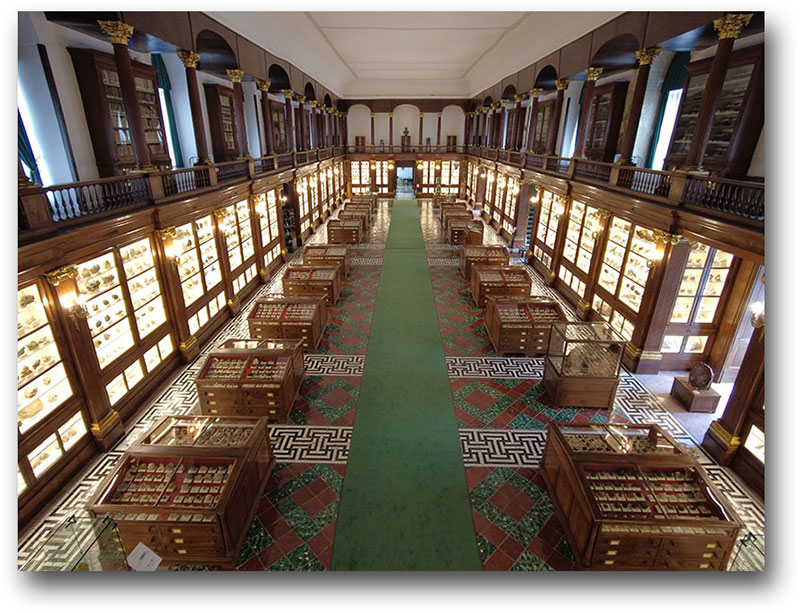
Mineralogical Museum: the Monumental Hall
Collections
Perfect shapes, brilliant colors, gems, and semi-precious stones: a plunge into the minerals of the world, a journey through time and space. More than 45,000 minerals divided into Collections and then rocks, scientific and educational instruments, books. Many minerals were acquired more than 200 years ago and still retain all their charm. The collections are displayed on an area of over 800 square meters and one of the museum's prides is the richest and oldest public collection of Vesuvian minerals.
The Great Collection holds many early European species and minerals from all over the world that are on display in the showcases and cabinets of the Monumental Hall. The Large Crystals collection consists of large specimens with perfect and regular shapes. The Vesuvian Collection contains many important and significant mineral specimens from the Neapolitan volcano; the small but significant Meteorites Collection, with two specimens of pallasites fallen in Siberia in 1749. The Collection of Campania’s Tuff Minerals, with some rarities on display; the Artificial Crystals Collection, started by Scacchi in the first half of the 19th century and finally the Pietre Dure Collection, consisting of minerals and rocks both natural and worked.
Curiosity
Extraordinary hyaline quartz crystals from Madagascar weighing 480 kg, given to the King of Naples Charles of Bourbon in 1740.
History
In the heart of Naples in a superb sixteenth-century building, the Collegio Massimo of Jesuits until 1767, more than 200 years ago Ferdinand IV of Bourbon established the Real Museo Mineralogico to promote the study of mineralogy, a science still unknown in the Kingdom of Naples but “so useful for public finances”. The prestigious library of the Jesuit College was chosen as its seat and in April 1801 the Museum was inaugurated. Three years passed since its foundation until it opened to the public, during which renovation works, pictorial and sculptural decorations and finally the setting up of the museum were carried out. Since the first years of the nineteenth century, many historical events have affected the museum: in 1806 the French conquered the Ferdinand’s kingdom ruling for about ten years and improving what started by the Bourbons; the appointment as Director in 1844 of the mineralogist Arcangelo Scacchi, who transformed the Museum from an important local institution to an european level institution to the decline, linked to the few investment and natural disasters; the rebirth in the last thirty years, that has brought the Real Museo Mineralogico once again to occupy a prominent place among the Italian and foreign mineralogical museums.
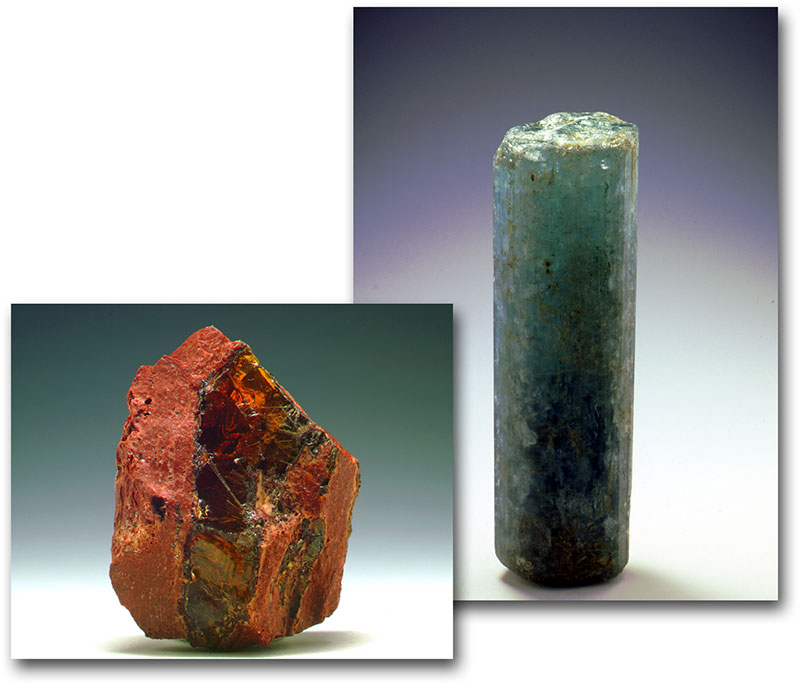
Fire opal, Querétaro, Mexico, and Aquamarine, Adun-Cholon, Russia.
Direttore Tecnico
dr. Carmela Petti
.

